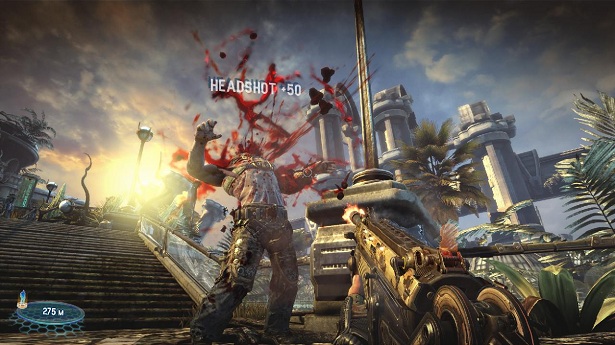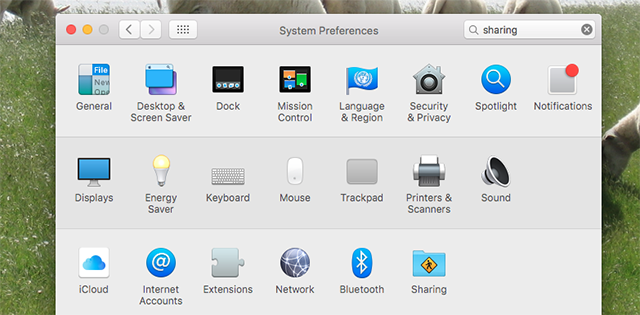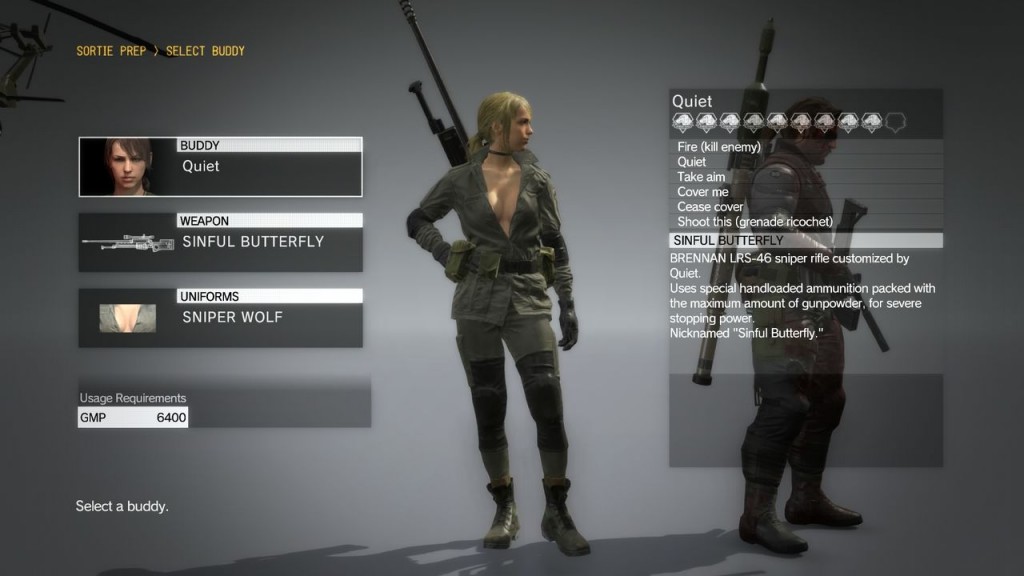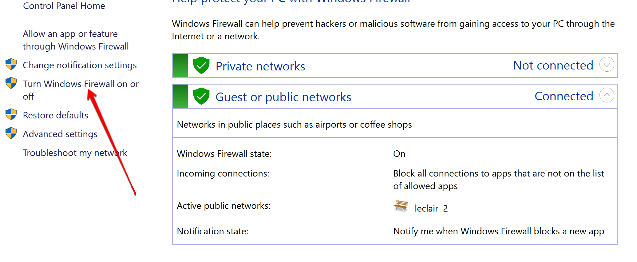

Let’s just stop for a second to appreciate exactly how much Harmonix has accomplished. From their modest offices above a drugstore in Boston, this development team managed to turn music-based videogames into a worldwide cultural phenomenon not once but twice – first with the addictive action of Guitar Hero and again with the full-band magic of Rock Band. That’s not just impressive, it’s downright miraculous.
But more impressive still is the fact that, rather than rest on its truly remarkable laurels, Harmonix decided to challenge itself to not only reinvent the genre for a third time but to redefine what games themselves can accomplish. The result is Rock Band 3, and, more specifically, Pro Mode. Unlike the classic Rock Band gameplay – which features just five brightly colored notes – Pro Mode challenges you to play note-for-note accurate recreations of actual songs on a handful of surprisingly realistic plastic peripherals – including a Mad Catz guitar with 102 functioning buttons.
As you might expect, this is a hell of a challenge, one that’s requires serious commitment and patience. But here’s the good news: It works. Or at least, it did for us. The game comes armed to the teeth with music trainers that cover everything from picking single notes to strumming basic chords to nailing every note in a specific song, and though we were naturally a bit intimidated at first, we actually had no problem adapting to the relatively gentle learning curve.
By the end, we truly felt as though we had learned and accomplished something – an exhilarating feeling that not many games could inspire in its players. But be warned: Along the way, we endured a fair amount of frustration as well. The trainers can be overzealous at times, leaving little room for sloppiness (especially on the slightly oversensitive guitar). Fortunately, the actual songs somehow feel more forgiving, and once we really began honing our skills, the incredible rush of nailing the songs made all our suffering totally worthwhile.
If it still sounds too intimidating, you’ll be happy to know that even on the very manageable easy and medium difficulty settings, Pro Mode offers an experience that’s distinct from but not necessarily any more difficult than the tradition five-button gameplay. If you’ve already maxed out your skills on Expert in Rock Band 2, think of this as a new, slightly more technical way to enjoy rhythm games... even if you don’t want to learn how to play guitar for real.
Rock Band 3 contains plenty of new content even without Pro Mode. For starters, there’s an entirely new instrument: keyboards. Though keys really work best in Pro Mode, they’re actually plenty of fun in standard gameplay as well. We originally feared that they might feel like little more than a guitar without a strum bar, but playing the piano peripheral provides an entirely new tactile experience. Keyboard-heavy songs like The Sounds’ “Living In America” wouldn’t be nearly as satisfying on a guitar (though you could actually use one to play the piano part if you really wanted).
The career mode has also been overhauled. Now absolutely everything you do contributes to a laundry list of ambient challenges, all of which earn you fans and progress the familiar but completely endearing “rise to fame” storyline. Many of the challenges feel either empty or impossible, but they do provide us with plenty to do. Besides, the real heart of the career mode are the Road Challenges – though that’s not immediately apparent since they’re annoyingly buried among the much drier stat-based challenges.
Road Challenges are essentially shorter, more discrete versions of the other games’ World Tour: travel from city to city, play songs to earn stars (and tackle optional challenges for bonus stars), and gradually unlock cutscenes that chronicle your custom band’s rock ’n’ roll success story. The new approach really doesn’t change much, but it retains the sincere sense of ownership and progression we got from the previous games’ “build your own narrative” style, so we really can’t complain.
Then there are a few less glamorous but incredibly helpful changes to the interface. The game liberally borrows the convenient drop-in, drop-out features of Guitar Hero 5’s Party Play mode while adding an “overshell” that gives each player dedicated control over his individual options. The result is the most useable and intuitive multiplayer interface ever in a rhythm gave. (Word of advice, though: When playing with friends, stick to the standard gameplay so everyone can keep up. Seriously.)
Finally there’s the lovingly curated track list, where Harmonix’s genuine passion for music really shines through. The game offers plenty of chart-toppers and big name acts like Queen and The Doors, but we actually found the lesser-known tracks from bands like Rilo Kiley and The Smiths stuck in our heads even more often. Every song fits the game perfectly, not only because it’s a blast to play but because it’s a joy to listen to. The songs really help to make the whole experience special, and we adore Harmonix for choosing so well.
Truthfully, the entire game feels like a defiantly kickass celebration of music. Combined with the complete success and undeniable innovation of Pro Mode, how could anyone resist Rock Band 3?
Oct 26, 2010




 Metal Gear Solid V: The Phantom Pain Guide: How To Unlock Sniper Wolf's Outfit For Quiet
Metal Gear Solid V: The Phantom Pain Guide: How To Unlock Sniper Wolf's Outfit For Quiet Can't Install Fonts on Windows 10? The Solution Is Beyond Weird
Can't Install Fonts on Windows 10? The Solution Is Beyond Weird Uncharted: The Nathan Drake Collection Review
Uncharted: The Nathan Drake Collection Review Might & Magic Heroes 3 HD Edition (PC) guide
Might & Magic Heroes 3 HD Edition (PC) guide The Witcher 3 – One Of The Best Games In 2015
The Witcher 3 – One Of The Best Games In 2015